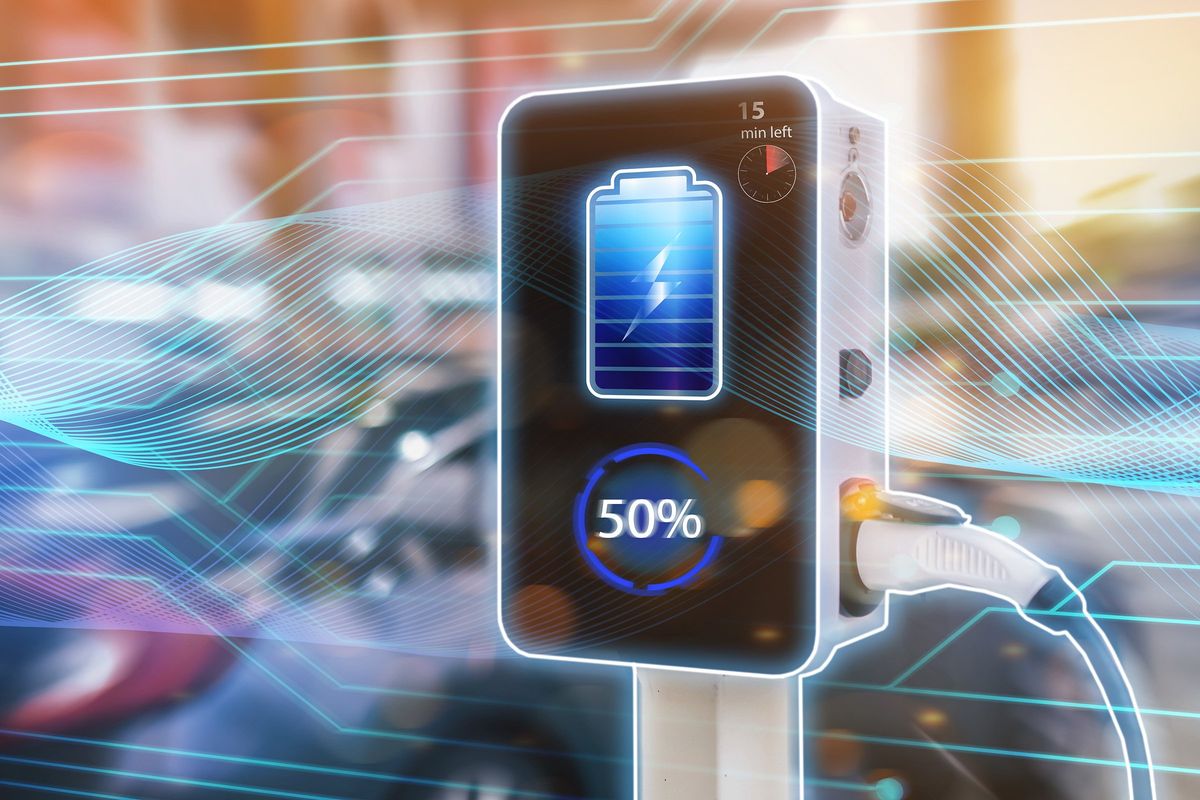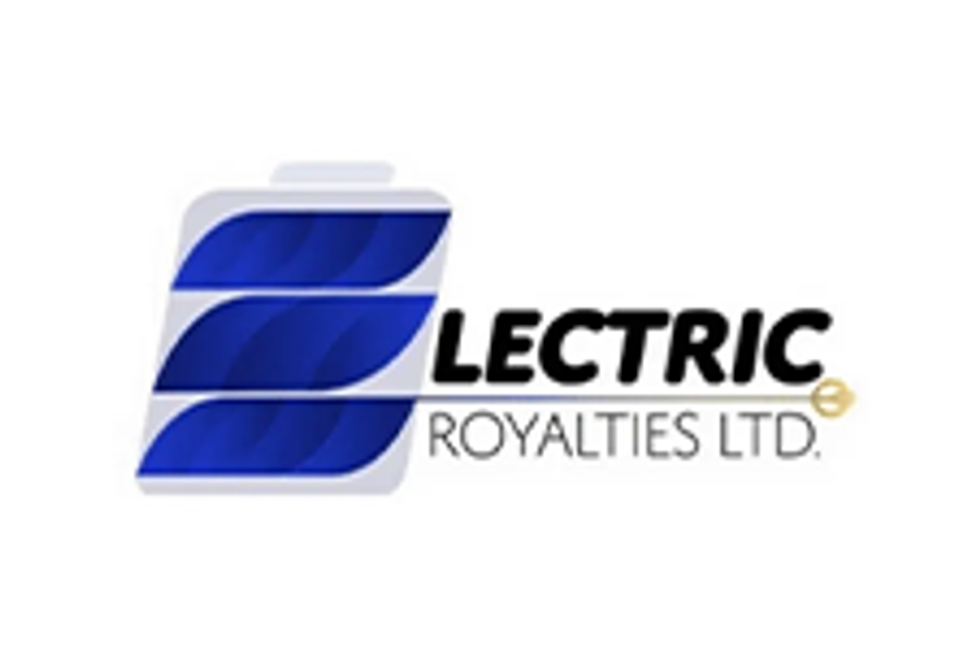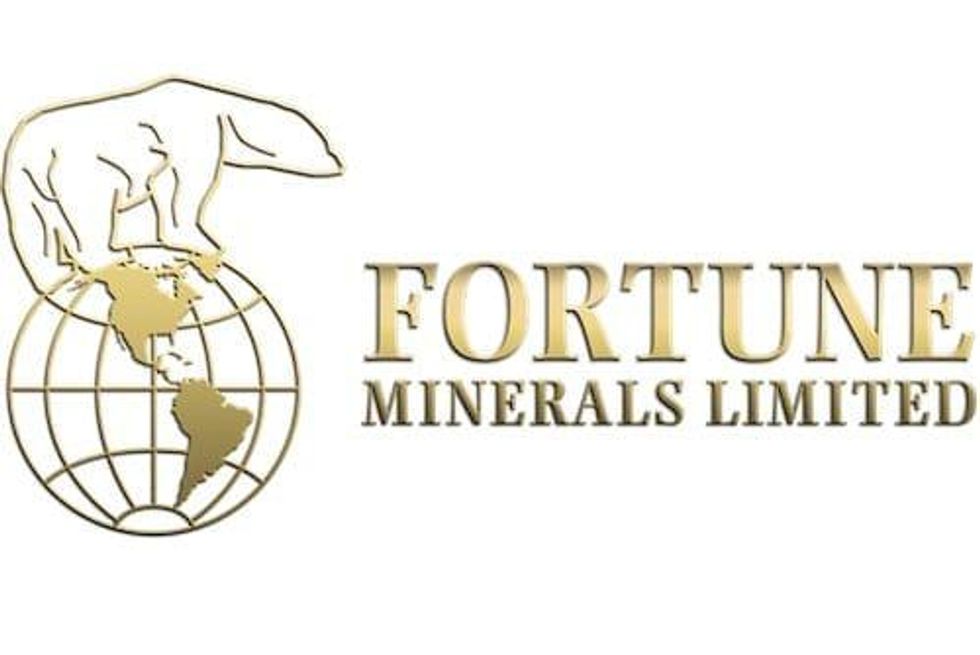Cobalt to Remain Key EV Raw Material Despite Substitution Threats
The Cobalt Institute's 2022 market report shows that cobalt will continue to play a key role in the energy transition, with demand doubling by 2030.

Weaker market conditions have put cobalt prices under pressure in the past few months, but the long-term outlook for the key battery metal remains robust, says the Cobalt Institute in its latest market report.
“The cobalt industry is optimistic the cobalt market will continue to grow in the coming years, driven by the success of cobalt’s use in superalloys and hard metals, and particularly in electric vehicles (EVs),” Caroline Braibant, interim director general at the Cobalt Institute, said. “Cobalt-containing batteries are key for EVs safety, performance and stability — a factor that will continue to define consumer preferences in Europe and North America.”
The report, prepared by Benchmark Mineral Intelligence for the Cobalt Institute, forecasts that cobalt will remain a key raw material for the entire battery supply chain, despite the persistent theme of substitution in battery applications.
“Multiple cell formulations (mostly nickel-cobalt-manganese and lithium iron phosphate) will support the major end-use sectors, with no single battery cell technology expected to dominate,” the report states.
Last year, demand for cobalt saw a slight increase compared to 2021, rising by 21,000 tonnes to 187,000 tonnes. Battery applications now account for 72 percent of cobalt demand, up from 55 percent in 2018 and 70 percent in 2021.
“After being neck and neck in 2021, the EV sector is now by far the largest cobalt consumer after pulling ahead of portable electronics — it now accounts for 40 percent of total cobalt demand, with this share continuing to rise,” the report reads.
Looking over the supply side, last year mined cobalt output grew faster than in 2021, with the Democratic Republic of Congo remaining the leading producer worldwide. Indonesia took over the second spot in 2022, leaving Australia and the Philippines behind.
“Having produced minimal volumes prior to 2021, Indonesia’s rise has been fast owing to existing mining expertise in the country from other commodities and the successful construction and ramp up of HPAL capacity, producing cobalt and nickel, from Chinese-Indonesian companies,” as per the report.
Cobalt supply reached close to 198,000 tonnes in 2022, up 21 percent year-on-year.
But a main trend that will continue to impact the cobalt market is governments around the world pushing for more localized supply chains. The US Inflation Reduction Act and Europe’s Critical Raw Materials Act are just a couple of examples of how legislation could shape the building of supply chains that are less reliant on Asia.
“China dominates processing of critical battery raw materials — regionalized supply chains particularly in North America and Europe need to be developed, requiring significant investment and cooperation,” the report reads.
Cobalt outlook to 2030 looking bright
All in all, the outlook for cobalt remains strong, with demand expected to double by 2030. The leading demand driver will continue to be the EV segment, accounting for 89 percent of growth, followed by energy storage at 3 percent and superalloys at 2 percent.
“Despite the rising share of lithium-iron-phosphate, cobalt-containing cathode chemistries (nickel-cobalt-manganese, nickel-cobalt-aluminum and lithium-cobalt-oxide) will remain as the preferred technology choice for battery applications – accounting for 59 percent of total cathode demand in 2030,” the report states.
Supply is also expected to increase significantly by 2030, jumping from more than 200,000 tonnes this year to about 318,000 tonnes. The DRC will remain the leading producer, although its market share will fall by that time.
“Indonesia is the second largest market by some margin and will quickly catch up with the DRC as a major driver of growth,” the report explains. “From 2022 to 2030, Indonesia has the potential to increase cobalt supply by 10 times, compared to the DRC’s output rising by two thirds.”
The cobalt market will remain well supplied until around 2025, when it is expected to shift to a structural deficit.
“Demand growth of 10 percent CAGR is forecast to 2030, compared to 6 percent for supply,” according to the report. “With additional supply required to fill the widening forecast deficit, cobalt prices will move higher to incentivise investment.”
In the meantime, prices are expected to average around US$18 per pound through 2023, at a similar level to prices in late March.
Don’t forget to follow us @INN_Resource for real-time updates!
Securities Disclosure: I, Priscila Barrera, hold no direct investment interest in any company mentioned in this article.



